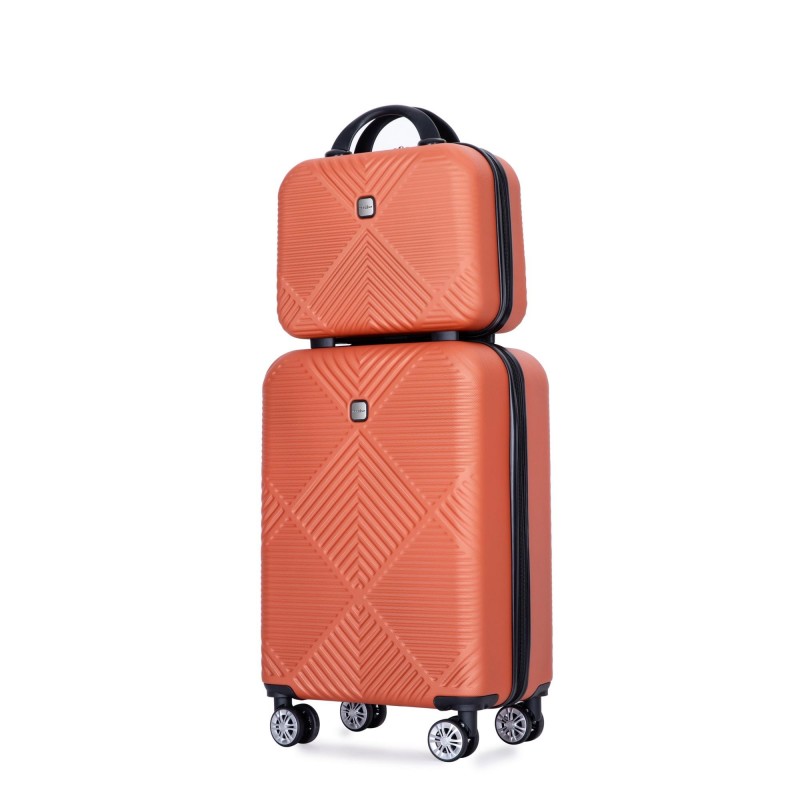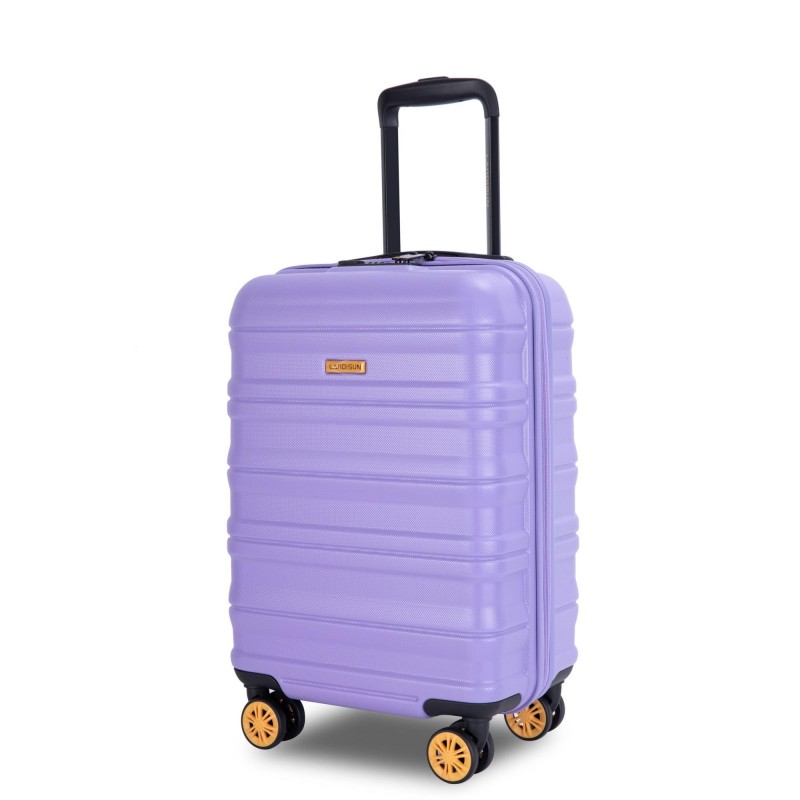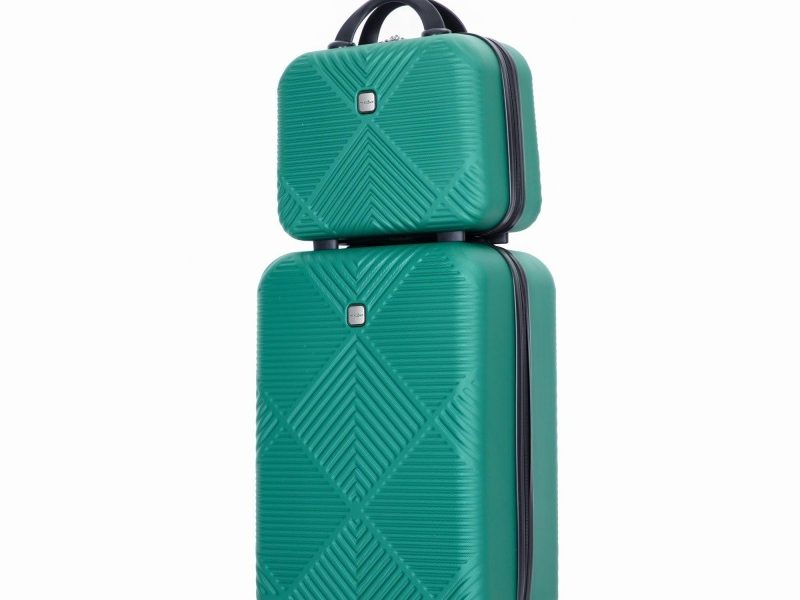Education is constantly evolving, and with it comes new methods and philosophies that seek to enhance the learning experience for students. One such innovative approach is the concept of suitcase school, which encourages flexibility, creativity, and real-world application of knowledge. This educational model emphasizes the importance of experiential learning, where students are not confined to traditional classrooms but instead are encouraged to take their learning on the road—figuratively speaking, of course, similar to packing a suitcase for an adventure. The idea is to foster curiosity and adaptability in students while equipping them with essential skills for their futures. In this comprehensive article, we will delve into the principles of suitcase school, explore its advantages, discuss how it can be implemented, and review real-world examples of its success.
By the end, you will have a thorough understanding of suitcase school, its objectives, and how it can potentially transform the educational landscape.
Understanding the Concept of Suitcase School
To fully appreciate the principles of suitcase school, it is essential to grasp its core philosophy and educational framework.
Definition and Background
At its core, suitcase school represents a departure from traditional methods of education that confine students to standard classroom settings. This model is founded on the idea that learning should not be limited to textbooks and lectures; instead, it should be an active process that occurs in diverse environments.
- Origin of the Idea: The concept draws inspiration from educational theorists and practitioners who advocate for experiential learning and knowledge acquisition through direct engagement with the world.
Key Principles
The suitcase school model rests on several fundamental principles that guide its methodology:
- Experiential Learning: Learning by doing is at the heart of suitcase schools. Students engage in hands-on experiences, allowing them to apply concepts in real-world scenarios.
- Flexibility: This approach embraces flexibility, allowing educators and students to tailor their experiences and adapt learning pathways to individual needs.
- Interdisciplinary Approach: Suitcase schools often integrate various subjects, encouraging a holistic understanding of knowledge that transcends traditional boundaries.
These principles form the foundation of suitcase school, promoting an engaging and enriching educational environment.
Benefits of Suitcase School
The suitcase school model offers numerous advantages for students, educators, and the education system as a whole. The following are some notable benefits:
Enhanced Engagement and Motivation
One of the most significant advantages of suitcase school is its impact on student engagement and motivation.
- Lifelong Learning Habits: By promoting hands-on experiences, students become more enthusiastic about learning. This enthusiasm creates a culture of curiosity that fosters lifelong learning habits.
- Personal Relevance: Experiential activities often draw connections between classroom concepts and real-world applications, making learning more relevant and exciting for students.
Development of Critical Skills
Suitcase schools emphasize skill development that is crucial for success in today’s world.
- Problem-Solving: Hands-on learning encourages students to think critically and develop problem-solving skills as they encounter real challenges during their experiences.
- Collaboration: Group projects and teamwork within diverse environments foster collaboration, a fundamental skill for success in both academic and professional settings.
Inclusive Learning Environment
A suitcase school model can accommodate diverse learning styles, ensuring that every student has the opportunity to thrive.
- Personalized Experiences: Flexibility in the curriculum allows educators to customize learning experiences based on individual student needs, interests, and strengths.
- Cultural Awareness: Exposure to various environments and communities fosters cultural understanding and empathy, preparing students to navigate an increasingly globalized world.
Improved Academic Performance
Research suggests that experiential learning can lead to improved academic performance.
- Retention of Knowledge: Studies have shown that students who engage in experiential learning often retain knowledge longer and perform better on assessments.
- Higher Standardized Test Scores: The correlation between hands-on learning and better test outcomes further supports the effectiveness of the suitcase school model.
Implementing Suitcase School in Practice
To successfully integrate the suitcase school concept into educational systems, several steps can be taken.
Curriculum Design
Designing a curriculum that incorporates the principles of suitcase school requires thoughtful planning.
- Project-Based Learning: Curriculum should focus on project-based learning. This allows students to engage in meaningful projects that reflect real-world issues.
- Field Experiences: Incorporate field trips and community projects into the learning process, emphasizing direct engagement with the material.
Teacher Training
Teachers play a crucial role in suitcase school, necessitating adequate training and support.
- Professional Development: Offer training that equips teachers with the skills, tools, and resources necessary to facilitate experiential learning effectively.
- Mentoring Opportunities: Establish mentorship programs that pair experienced educators with those new to the concept, providing guidance and support.
Community Involvement
Community engagement enhances the effectiveness of suitcase schools.
- Partnerships with Local Organizations: Collaborate with local community organizations to create learning opportunities that extend beyond the traditional classroom setting.
- Parental Engagement: Involve parents in the learning process through workshops, events, or volunteer opportunities, fostering a supportive learning environment.
Assessment Methods
Evaluating student progress and learning in suitcase schools requires innovative assessment methods.
- Portfolio Assessments: Use portfolio assessments to capture student work and reflect on learning experiences over time. This method emphasizes growth and depth of understanding.
- Reflection and Feedback: Encourage students to reflect on their learning experiences regularly and provide opportunities for peer and self-assessment to foster critical thinking about their progress.
Real-World Examples of Suitcase School Practices
Several innovative educational institutions have embraced the suitcase school model, leading to positive outcomes for students.
The Green School, Bali
Located in Bali, Indonesia, the Green School exemplifies the principles of suitcase school.
- Environmentally Focused Learning: The school’s curriculum emphasizes sustainability and environmental stewardship. Students engage in real-world projects that promote ecological awareness and action.
- Experiential Activities: Classes take place in natural environments, allowing students to learn about the world around them. This approach cultivates a deep connection between education and nature.
The Big Picture Learning
The Big Picture Learning network focuses on personalized learning experiences.
- Student-Centered Projects: With a focus on student interests, the Big Picture Learning model allows for experiential learning through internships and performances, connecting academic content to real-world applications.
- Community Partnerships: This approach fosters strong relationships with local businesses and organizations, creating opportunities for students to engage in meaningful, hands-on experiences.
High Tech High, San Diego
High Tech High is a network of charter schools that emphasizes project-based learning.
- Interdisciplinary Projects: The curriculum incorporates real-world projects that require students to think critically and work collaboratively across subjects.
- Community Engagement: High Tech High fosters partnerships with local businesses and organizations, enhancing student learning experiences and community involvement.

Challenges and Considerations of Suitcase School
While the suitcase school concept holds many benefits, certain challenges can arise during implementation. Recognizing these challenges allows for a better approach to address them.
Resource Limitations
Implementing suitcase school may require additional resources that some educational institutions may lack.
- Funding: Schools may face obstacles when seeking funding for necessary materials, field experiences, and teacher training programs.
- Material Availability: Not all schools have access to outdoor or unique learning environments. Ensuring equitable access to resources is critical for success.
Resistance to Change
Transitioning to a suitcase school model often involves changing deeply ingrained educational practices.
- Skepticism from Stakeholders: Parents, teachers, and community members may be apprehensive about the changes. Communication and transparency can help alleviate concerns, emphasizing the benefits of the model.
- Professional Development Needs: Teachers may require substantial training and support to adapt to new pedagogies. Ongoing professional development is essential for effective implementation.
Future of Suitcase School
As educational paradigms shift, the suitcase school concept is likely to continue evolving.
Trends in Education
- Technological Integration: The growing role of technology in education can enhance the suitcase school model. Virtual reality and online resources can extend learning opportunities beyond the classroom.
- Focus on Mental Health: Education increasingly emphasizes social and emotional learning. Suitcase schools align with this shift, promoting holistic development amidst experiential learning.
Enhancing Global Engagement
- Cross-Cultural Exchanges: As globalization progresses, suitcase schools may also focus on international learning experiences, fostering global citizenship and cultural understanding.
- Collaboration with Other Schools: Developing partnerships with other schools internationally can encourage cultural exchange and diverse perspectives, enriching the educational experience.

Conclusion
In conclusion, the suitcase school model represents a progressive approach to education, prioritizing experiential learning and real-world engagement. By embracing this innovative concept, educators can create more dynamic, inclusive, and effective learning environments that resonate with students of varying interests and backgrounds.
The benefits of suitcase school, ranging from enhanced engagement to improved retention of knowledge, are significant. By implementing strategies that address potential challenges, schools can successfully integrate these principles into their existing structures. As we continue to redefine education in a rapidly changing world, the suitcase school model offers valuable insights into how we can foster curiosity, creativity, and collaboration among students.
Embracing suitcase school is not merely about teaching; it’s about inspiring students to become self-directed lifelong learners who are prepared to navigate the complexities of the modern world. The future of education is bright, and by integrating suitcase school principles, we can promote a new generation of critical thinkers, innovators, and responsible global citizens.

